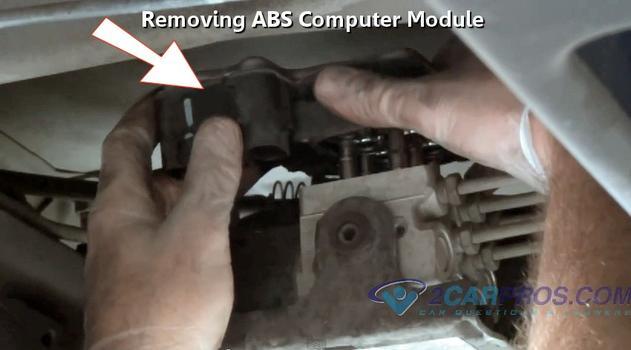Hi and thanks for using 2CarPros.
It sounds like the alternator has failed. What I need you to do is perform a simple test. Follow this link:
https://www.2carpros.com/articles/how-to-check-a-car-alternator
You will need to recharge the battery prior so the car will start. However, if you have a simple volt meter, you can do this. Here are directions for using a volt meter:
https://www.2carpros.com/articles/how-to-use-a-voltmeter
If you don't feel comfortable testing it and can drive to a parts store safely, most of them will do it for free. Or, you could disconnect the battery, remove the alternator, and then take it to a parts store to have it bench tested.
If you decide to remove the starter, here are the directions for removal and replacement. Note: Make sure to disconnect the battery prior to the removal process. While it is disconnected, recharge it.
_______________________________________
REMOVAL AND INSTALLATION
ALTERNATOR
Removal and Installation
REMOVAL
1. Disconnect the negative battery terminal.
2. Remove engine cover.
3. Remove front wheel and tire (RH).
4. Remove splash guard (RH) See: Front Fender Liner > Removal and Replacement > Exploded View.
5. Remove air cleaner and air duct assembly. See: Air Cleaner Housing > Removal and Replacement > Removal And Installation.
6. Remove drive belt. See: Drive Belt > Removal and Replacement > Removal And Installation.
7. Remove A/C compressor. .
8. Remove idler pulley.
9. Disconnect the oil pressure switch.
10. Disconnect the alternator harness connectors.
11. Remove the alternator bolt and nuts, using power tools.
12. Slide the alternator out and remove.
INSTALLATION
Installation is in the reverse order of removal.
CAUTION:
- Temporarily tighten all of alternator bolt and nuts. And then tighten them in numerical order shown in the figure.
- Be sure to tighten "B" terminal nut carefully.
- Install alternator and check tension of belt. See: Drive Belt Tensioner > Removal and Replacement > Exploded View.
- For this model, the power generation voltage variable control system that controls the power generation voltage of the alternator has been adopted. Therefore, the power generation voltage variable control system operation inspection should be performed after replacing the alternator, and then make sure that the system operates normally. See: Charging System > Initial Inspection and Diagnostic Overview > Inspection Procedure.
_____________________________________
Let me know what you find or if you have other questions.
Take care,
Joe
Image (Click to make bigger)
Friday, December 21st, 2018 AT 5:30 PM




